The package spatstat holds a function blur() that applicates a gaussian blur. This smothes the picture in a way, that most of the noise disappears and the two main peaks are clearly distinctable.
The effect can be seen in the following picture and is quite remarkable, especially in the 3d plot.

The code to generate the picture was:
library(jpeg)
library(fields)
library(spatstat)
picture <- readJPEG("~/Downloads/spectrogram.png.jpeg")
picture2 <- as.matrix(blur(as.im(picture), sigma=6))
layout(matrix(c(1:4), nrow=2))
image.plot(picture, col=gray.colors(50), main="original image", asp=1)
image.plot(picture2, col=gray.colors(50), main="blurred with sigma = 6", asp=1)
drape.plot(1:nrow(picture), 1:ncol(picture), picture, border=NA, theta=0, phi=45, main="original spectrogram")
drape.plot(1:nrow(picture), 1:ncol(picture), picture2, border=NA, theta=0, phi=45, main="blurred with sigma = 6")



